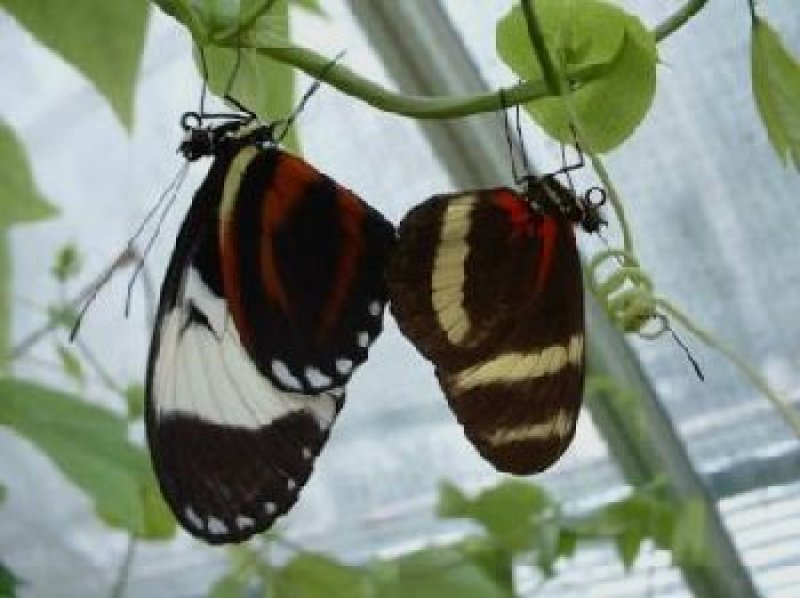New research from scientists at the University of Chicago shows that only a few genetic changes are needed to spur the evolution of new species. The team found this to be true even when original populations maintain contact and exchange genes. Once the process starts, however, the evolutionary divergence evolves very quickly and leads to fully genetically isolated species.
“Speciation is one of the most fundamental evolutionary processes, but there are still aspects that we do not fully understand, such as how the genome changes as one species splits into two,” said Marcus Kronforst, Ph.D., Neubauer Family assistant professor of ecology and evolution, and lead author of the study.
To reveal genetic differences critical for speciation, Kronforst and his team analyzed the genomes of two closely related butterfly species, Heliconius cydno and H. pachinus, which only recently diverged. Occupying similar ecological habitats and able to interbreed, these butterfly species still undergo a small amount of genetic exchange.
Read the full, original story here: Evolution of new species requires few genetic changes
Additional Resources:
- “Your ancestors probably didn’t crawl,” Popular Science
- “Tiny genetic differences spin out new species in literal butterfly effect,” redOrbit































